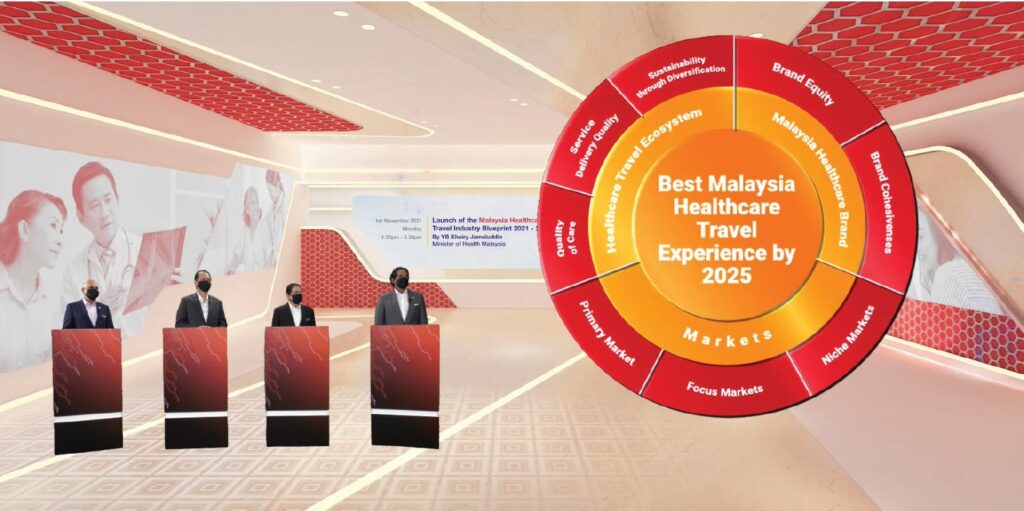
As international travel gradually resumes post-pandemic, Malaysia is pulling all the stops to speed up the growth in medical tourism, guided by a new blueprint unveiled last month by the Malaysia Healthcare Travel Council (MHTC).
Founded in 2009 under the purview of the Ministry of Health, MHTC works with industry players and service providers to grow the health travel sector by promoting the Malaysia Healthcare brand globally. Its new blueprint aims to highlight the country’s healthcare travel ecosystem with a focus on enhancing the traveler experience in the next few years as economies around the world recover from the negative impact of the Covid-19 pandemic.
To enhance and elevate the traveler experience, the blueprint will highlight five areas: quality, affordability, safety, hospitality and seamless journey. The country aims to maintain high quality healthcare services at affordable prices, while equipping highly trained specialists with the latest medical technologies.
The plan also calls for the cooperation among stakeholders to rebuild the industry, amplify the Malaysia Healthcare brand and increase global awareness of the country’s niche offerings such as the Fertility Hub of Asia, the Cardiology Hub of Asia, and the Cancer Care Center of Excellence.
Charting a New Course
“The emphasis will be on providing the best ‘Malaysia Healthcare’ travel experience with world-class medical services at an affordable price, great hospitality and an overall seamless journey for the traveler,” says Mohd Daud Mohd Arif, CEO of MHTC.

“By 2025, we hope to achieve a targeted US$400 million in receipts from healthcare travel, with a significant positive spillover effect into the rest of the Malaysian economy.” That will potentially equal or surpass the hospital receipts generated from healthcare travelers in 2019, just before the pandemic upended the global economy.
Medical tourism has had a significant contribution to the country, with the government estimating the spillover of such medical receipts to the broader economy at US$1.5 billion in 2019 when 1.2 million medical tourists visited the country. The industry achieved an average annual growth of 16% between 2015 and 2019.
While Malaysia’s popularity as a leading healthcare travel destination in Southeast Asia has grown in the past decade, its value propositions of quality, accessibility (to top specialists and medical facilities) and affordability, has grabbed the attention of the international media. Last year, the International Medical Travel Journal in the U.K. named the country “Destination of the Year” while the U.S.-based International Living magazine ranked Malaysia as the “Best Country in the World for Healthcare” from 2015 to 2019.
Anticipating pent-up demand among travelers seeking medical treatments in Malaysia in the post-pandemic years ahead, the country has positioned itself as a safe and trusted destination with a wide range of hospitality choices such as spa resorts, wellness centers and health-centric getaways. It will leverage technology to make the traveler experience even more seamless.
“For every plan and aspiration articulated today, we must bear in mind that the end goal is to build a sustainable future for the healthcare industry,” Health Minister Khairy Jamaluddin said during the launch of the blueprint last month.
